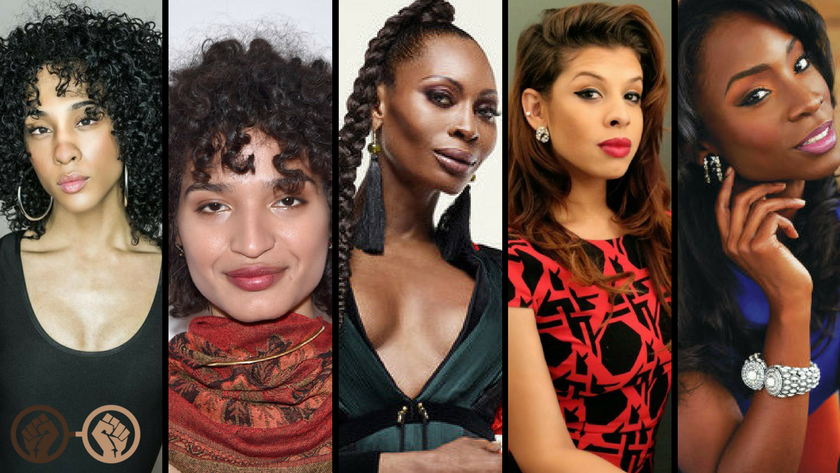Is it bad that I’m still shocked that Pose on FX is doing as well as it is considering Ryan Murphy’s terrible history of marginalizing trans people himself? Well, here’s a show that focuses squarely on the black and brown origins of drag and ball culture. By the same dude. What the hell is going on in 2018?
In the push for more inclusion of marginalized folks in media, the problem of fetishism seems to follow with every turn. It’s usually what happens when the dominant class gets a glimpse into the lives of those it has set up systems to oppress. To make things worse, marginalized folks are regularly excluded from their own stories and we are expected to rely on the dominant class to get us in the door of our own homes.
The biggest example right now would be serial offender Scarlett Johansson, who recently dropped out of playing a trans man after it was brought up – loudly – that Hollywood needs to do better about casting actual trans people to play trans people. You know who is doing that? Television.
Yes, Pose actually dares to include transgender actors and transgender directors, to tell stories about LGBTQ+ folks. And it didn’t use the excuse of being unable to find seasoned actors. It just went and found its cast, some of which are new to the big screen. New faces? What a concept. As we get to the season finale, Pose has proven a great antidote and commentary on the toxic fetishism of trans bodies in the media. Notably, it makes the point that fetishism doesn’t just start and begin with cis heterosexual folks.
As of episode seven, “Pink Slip”, Pose is casting its eye to cis members of the LGB community as well. Men in power fetishizing the bodies of trans women before and after surgery is not a concept that gets across without lived experience. Neither does the criticism of class privilege from the perspective of black and brown youths, the intra-community tensions between black and brown folks and drag queens and the trans community, and the nature of family and motherhood as it impacts LGBTQ+ youth looking for a sense of belonging. It does push the limits beyond merely acting out a role and actually imparting experience, something that is important when considering the stories of people who are already shuffled off to the corners of society.
Before Pose, it feels like all of these themes existed as mere concepts that could be, but were never quite, fleshed out. Topics of discussion hinted at it, but still sanitized for a mainstream audience. But Pose is for the community and by the community. It illustrates that trans folks have always existed in the drag scene and highlights the true history of ball culture, ripping it from the glitz and glamour of Drag Race and other such shows. Whoever said there are no perfect messengers sure wasn’t kidding.
It certainly helps that Murphy is not acting on his own with Janet Mock and Our Lady J on board as producers. The show isn’t perfect, but it gets more right than it does wrong and accepts it stumbling blocks as it goes. Specifically, I’m a little afraid for the love story (if you can call it that) between Angel and Stan ending quite badly as it probably would in real life. But only the season finale will tell if Stan finally gets his crap together or Angel gets hers together first. Here is hoping that Pose continues to knock it out of the park as an example of the type of inclusion desperately needed in all mediums: content that is for us, by us.

